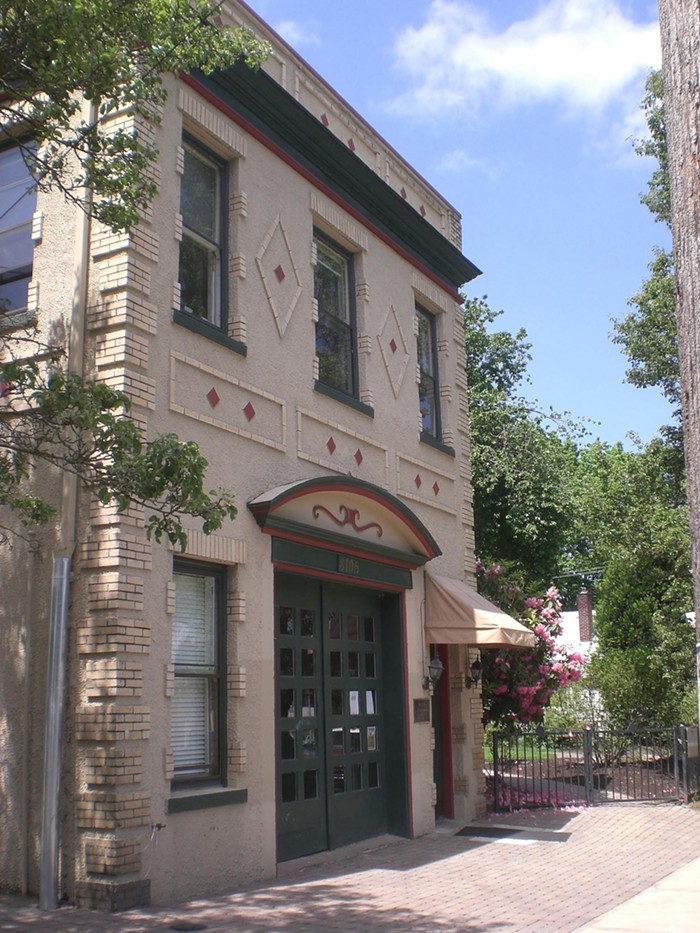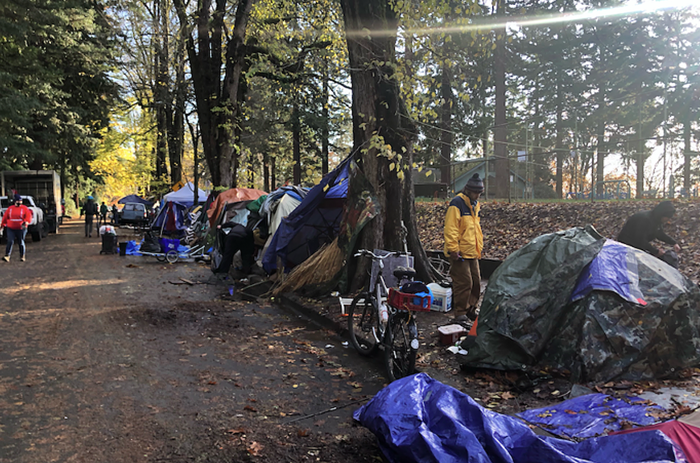paintbrush
paint rollers
scraper
Materials:
Sandpaper, 80 grit
Primer paint (Buy the good stuff; it's like wine, the more you spend, the better it tastes.)
Latex paint (Suggested brands: Behr, Glidden; water-based paints are infinitely easier to clean up.)
Eighty percent of painting is not painting, but prepping. Yes groan. Prepping! The first rule of painting your own house: When friends offer to help you "paint," they are not offering to help prep.
To get past the doldrums of prep work, the best first step for painting is not scraping or sanding--it's choosing colors! This gives you a vision; something to look forward to. (Most paint stores now sell a software program allowing you to scan a photo of your house and then play with variations of body and trim colors!)
Step One: Scraping. This is for wood surfaces. The goal is to knock off all the loose flakes and to get rid of the junky paint (those chunks that look like alligator skin). You don't want to put another coat of paint on top of a surface that's already shedding.
Going with the grain, push your scraper along the walls or trim. Put a little elbow grease into your scraping. You don't need to gouge out the wood, but don't be such a Taoist that you don't disturb the wood mites inside your walls.
Usually you won't be able to just knock off that "alligatored" paint. Buy a heat gun. It's like a hairdryer on steroids. The "gun" heats up the paint, which will usually bubble up. Push the scraper through the bubbled-up section. Most of the paint should strip off. Remember not to point the heat gun at one spot or at a friend for too long--both have their combustion points.
Step Two: Sanding. Sanding roughs up the remaining paint so there's a surface that can "grab on" to the new paint. It also helps smooth out ridges. Try to cover every inch, even if it's just a few swipes. Remember, the more you "sand out" the bumps, lines and cracks, the smoother your paint job will look.
Step Three: Wash. Dirt and grime will prevent the paint from grabbing hold of your house. For outside jobs, give a good TSP wash. (That's "tri-sodium phosphate.") This will kill the mildew and help strip off any paint you missed. Cover your plants and grass. Wear rubber gloves, long sleeves, and goggles. No, it's not napalm but there are similarities. Hose down immediately. For inside jobs, running a wet cloth over the surface should do the trick.
Step Four: Prime. Paint on the bare spots (places where wood is exposed) with "primer." This stuff is magical. Don't even question why it's needed or how it works. It just is and does.
Step Five: Don't listen to people who tell you to "tape" corners and edges. One, on stucco walls, the paint will bleed underneath the tape because it's impossible to have a perfect seal. Two, it's a waste of time. Three, it's likely you'll crack the paint when pulling off the tape, which in turn will make your paint job begin to peel off sooner. Unless you are Michael J. Fox or detoxing from heroin, your hands should be steady enough to paint a straight line. Even more important than steady nerves, though, is a good angled brush!
Lay out drop cloths--old bedsheets, newspapers, plastic sheets. As clean as you think you are, you will dribble paint onto the floor or the sidewalk.
Paint from top to bottom. This helps with drips running down your walls.
Wait at least one day before putting on a second coat.
[TIP! Instead of cleaning off your brushes each day, simply wrap them like chicken breasts in Saran Wrap and store them in the refrigerator. They'll stay wet and ready for the next day.]


















